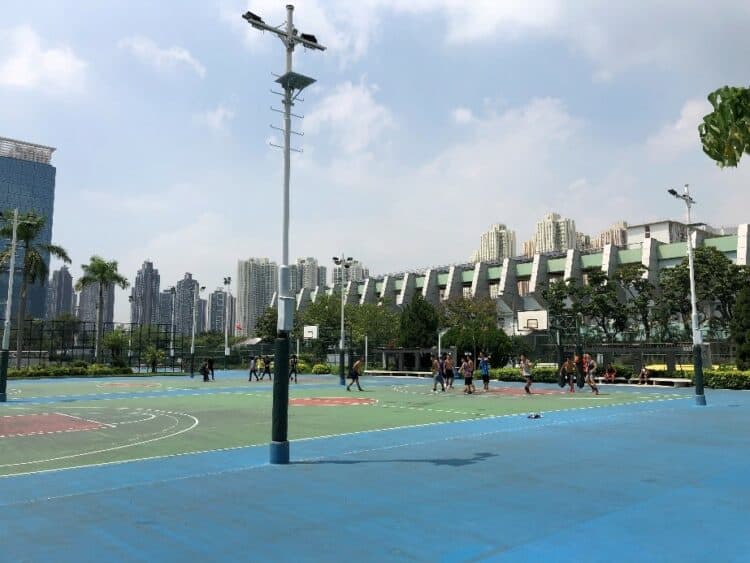Back in March 2020, the Hong Kong SAR Government had plans to deploy some 400 multi-functional smart lampposts (smart poles) over a three-year programme, and with a view to promoting smart city development in Hong Kong and supporting 5G mobile network implementation.
Around the same period, Shenzhen announced plans to deploy 4,526 smart poles in 2020, rising to 24,00 by 2022.
Smart poles are multi-functional aggregation points for smart urban infrastructure, built on top of smart streetlights and connected utility poles. ABI Research forecasts that by 2030 the installed base of smart poles will exceed 10.8 million globally, with system revenues amounting to US$60 billion.

“The relevance of smart poles for smart cities is huge. They offer an efficient, scalable, and modular framework for deploying the whole spectrum of smart urban infrastructure, ranging from 5G small cells and Wi-Fi hotspots to surveillance and traffic cameras, signage and information displays, air quality and flood monitoring solutions, and charging points for 2 and 4-wheel vehicles, drones, and handsets including renewable energy generation,” says Dominique Bonte, VP End markets and verticals at ABI Research.
“However, the main driver behind smart pole deployments is the need for cellular network densification in the form of 5G and future 6G small cells and the use of mmWave radio spectrum. As such, the telco ecosystem is expected to at least partially fund the additional smart cities functionality embedded in smart poles.”
Typical barriers slowing down smart pole adoption include issues related to co-ownership and management (design, maintenance, backhaul cost sharing), conflicting priorities and agendas, sensor data privacy concerns, and the lack of awareness of city governments about the many benefits offered by smart poles in terms of cost savings, deployment time, scaling opportunities, and future-proof modularity.
Consequently, deployments are only expected to gather momentum towards the end of this decade.
Competitive landscape
Key vendors in the smart pole ecosystem include Ubicquia, Verizon, Huawei, Signify, Nokia/LuxTurrim5G, and ELKO EP, next to a range of smart streetlight suppliers venturing into smart pole technologies.
Main initiatives include the EU’s Humble Lamppost Project and deployments by the Seoul Metropolitan Government, Los Angeles, Munich, and Leuven. In addition, cities in India (Bhopal, New Delhi, and Indore) have implemented smart pole projects.



